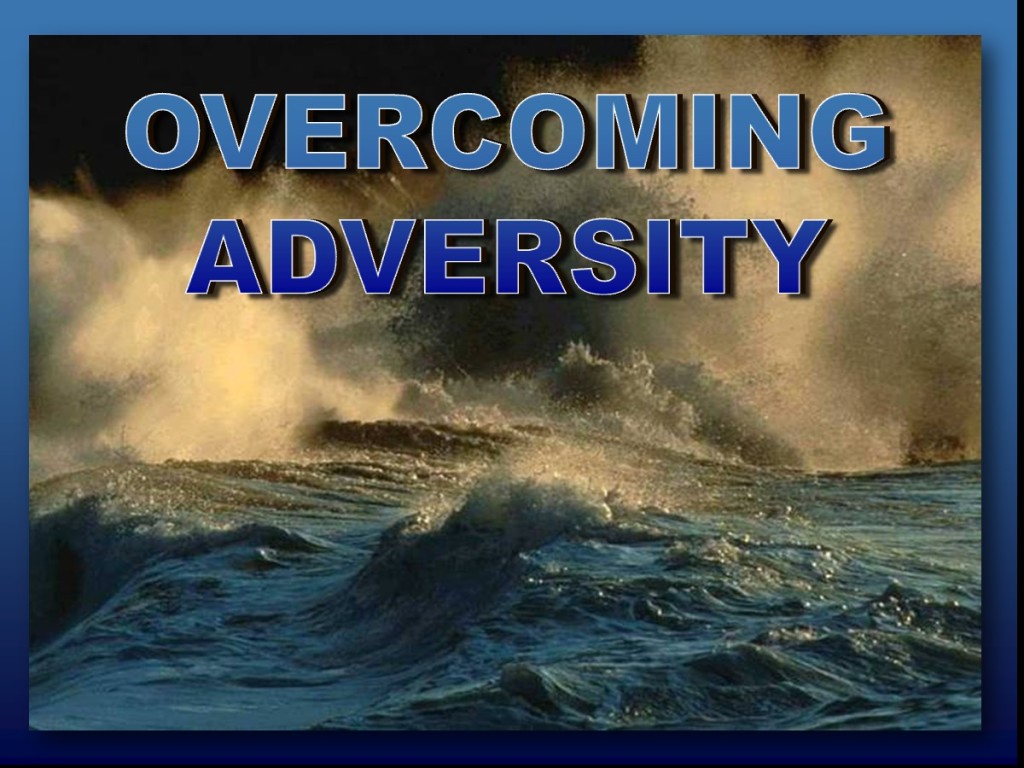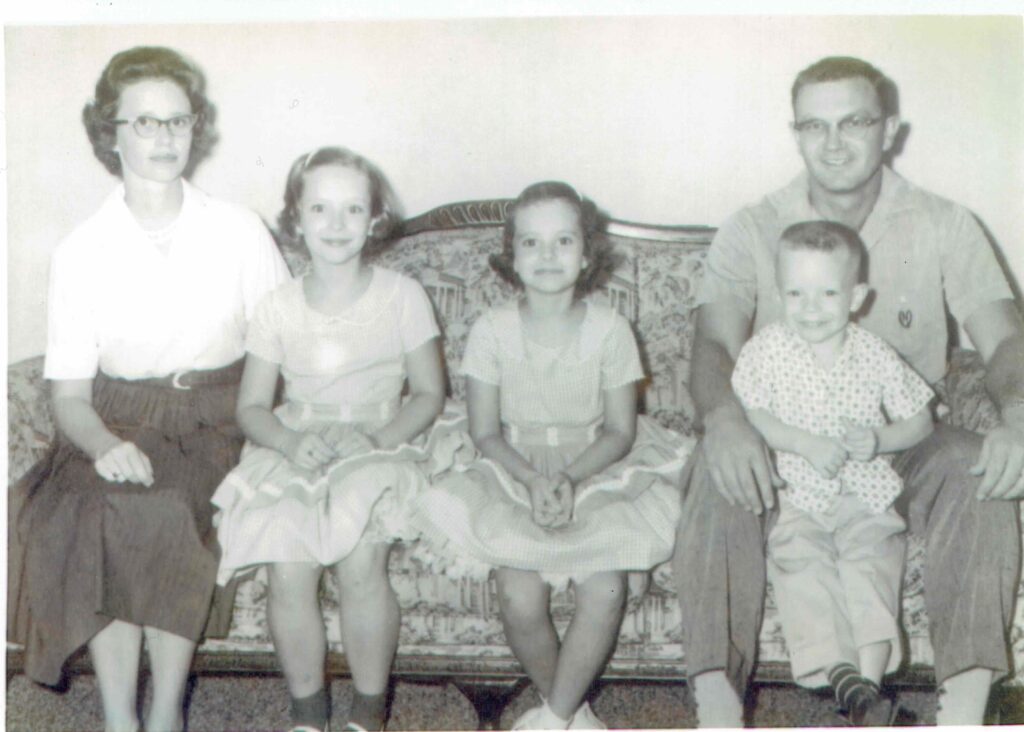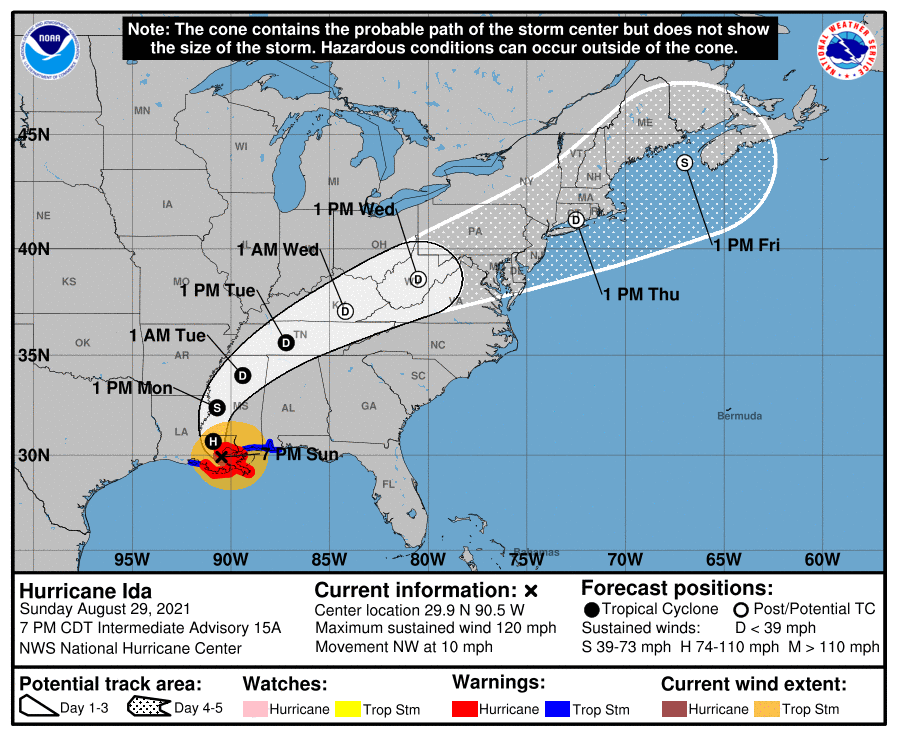What does it mean to persist? Is persistence a good quality to have as a leader? Is there a “dark side” to persistence that a leader needs to avoid?
Dictionary.com defines the verb persist as “to continue steadfastly or firmly in some state, purpose, course of action, or the like, especially in spite of opposition, remonstrance, etc.”
I’ve been thinking about the trait of persistence the last few months. Since my retirement, I’ve reflected a lot on my challenges, successes, mistakes, missteps, and decisions. From what I’ve read, that is common among retirees. Even Bruce Springsteen sang about reflection in “Glory Days” (although that wasn’t necessarily positive reflection).
I’ve received feedback from many people that I am persistent. Most of this feedback is positive. Some of it reflects “areas of improvement” for me. I’ve also been given the feedback that persistence is both one of my strongest strengths and one of my biggest faults. Upon reflection, I agree with that assessment.
Persistence is a topic that has been considered by many to be important. While researching the topic, I stumbled upon some excellent quotes about persistence:
- “Persistence is self-discipline in action.” Brian Tracy
- “Persistence and determination alone are omnipotent.” Calvin Coolidge
- “Patience, persistence, and perspiration make an unbeatable combination for success.” Napoleon Hill
- “Paralyze resistance with persistence.” Woody Hayes
- “In the confrontation between the stream and the rock, the stream always wins; not through strength, but through persistence.” Buddha
- “Thankfully, persistence is a great substitute for talent.” Steve Martin
I’ve applied persistence several times in my life and career and received positive outcomes. The absolute best example of this is my pursuit of my wife, Julie. We met in high school (junior year). I was smitten by her and asked her out many times. She really didn’t want to date me and turned me down numerous times. I wore her down with persistence! Last December we celebrated our 43rd anniversary, so it looks like it’s going to last. ?
My entire career at Chevron was an example of my persistence. I started after dropping out of college. I finished my undergraduate degree in Marketing while working and raising a family. I continually sought better-paying, challenging jobs that would help me provide better for my wife and daughters. This was often tough. It started off hard due to a lack of a degree. It stayed challenging because I wasn’t an engineer. When I look back on it, I see many times I persisted.
Another example of persisting was conquering my fear of public speaking. Those who know me now may be surprised, but I used to freeze up and actively avoid speaking in front of others. I signed up for a public speaking course that Chevron offered and followed up with being a guest speaker at a management program called SSKP (Supervisory Skills and Knowledge Program). To be an SSKP guest speaker, you had to commit to four sessions of a particular topic. One session was to audit a guest speaker, then you were the guest speaker for three subsequent sessions. I thought three sessions would help me. It worked because I was asked to do over 40 sessions on many different topics.
I also positively applied my persistence to my commercial career. This started as a crude oil trader. A person can’t be a successful trader without persistence. There were many times I made a bad call or got on the wrong side of the market. I had to stick with it. As they say in the movies, failure was not an option. This later helped me negotiate larger deals in my business development roles.
I can also remember a couple of times when my persistence didn’t achieve the right results. One job I applied for in Chevron involved a move from California back to New Orleans. My family had been in California for four years and were really enjoying it. My wife and I discussed the potential and agreed that I should apply for the job and take it if four conditions were met. The conditions included a raise, a promotion, and two other conditions we can’t remember (this was over 20 years ago). I interviewed and was selected for the position, and I accepted the offer. A big problem was that none of the four conditions were met. I accepted the position because I thought it would be a good thing for my wife and daughters to be close to my wife’s family. Big mistake. My family went from thriving to floundering.
The other time when my persistence didn’t achieve the right result was when I was trying to improve my group’s performance. I used the data my team knew about to monitor expenses (based on direct expense accounting information). I managed my team’s efforts to control expenses using this data. I also used this data to keep my supervisor informed of progress. I didn’t know that there was a separate management information system that included the basic accounting information and other allocated expense and revenue. I was diligently managing using the wrong information! It was like I was trying to drive a car only looking at the engine temperature. That didn’t end well!
Based on my experience and research, I’ve come to believe that persistence can be very beneficial to a leader. Persistence can keep a leader on task despite adversity or resistance. I also believe there is a “dark side” to persistence – not letting go when you should. It’s a balancing act to know how far to push. You also need feedback to ensure you’re on the right track.
Have you applied persistence and experienced positive returns? Do you believe it is a positive trait or skill for a leader? Have you ever seen it misused or abused? I’d love to hear your thoughts or comments.









